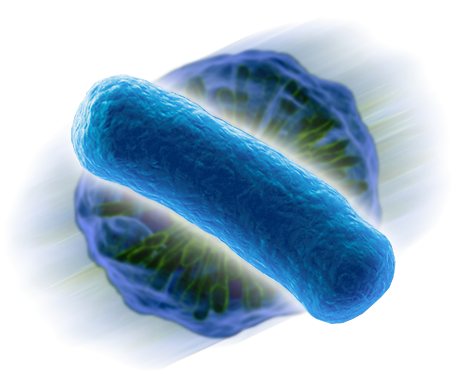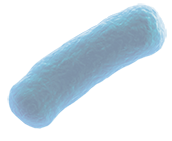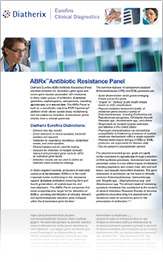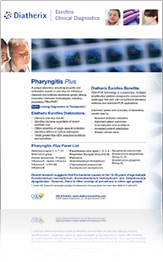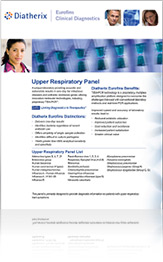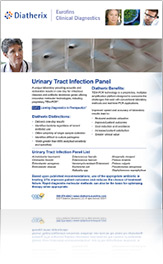Arcanobacterium haemolyticum is associated with recurrent throat infections that are clinically indistinguishable
from those caused by the Group A Streptococcus. Clinical presentations range from a mild respiratory illness to
symptoms that are often associated with diphtheria-like disease. Identification of this bacteria begins with the
recognition of a characteristic hemolytic pattern best seen on media that contains human or horse blood. As a
result, it is frequently missed on routine culture.
Bacteria associated with the progression of infection in complex wounds often have unique growth requirements
that challenge routine specimen collection, culture, and identification techniques. If present in the infectious
process, the agents of myonecrosis cannot and should not be missed if sepsis and/or necrotizing fasciitis
are to be prevented. Prompt clinical intervention (hours not days) is critical to ensure a satisfactory patient
outcome.
This obligate anaerobic organism is the most frequent cause of clostridial myonecrosis. Disrupted or necrotic
tissue that can be associated with complex wounds provides the necessary enzymes and a low
oxidation/reduction potential for the growth and proliferation of C. perfringens. Producing more than 20 exotoxins,
the progression and severity of infection caused by this organism can be a medical emergency. Routine
culture protocols do not always include anaerobic specimen collection and culture, which adds the risk of missing
the detection of this organism seen in severe wound infections.
This cause of osteoarticular infections is frequently not identified, yet Kingella kingae is increasingly recognized
for its involvement in musculoskeletal infections in young children. Less than 15% of K. kingae-positive clinical
specimens reveal organisms on Gram stain, and advances in molecular amplification techniques have led to
an increasing awareness and prevalence of this important bacteria.
Seen with increasing frequency in the adolescent/young adult age group, F. necrophorum causes endemic
pharyngitis. This bacteria is a facultative anaerobe that can be difficult to grow or distinguish from other
organisms in the oropharyngeal flora. In patients with tonsillar exudates and/or swollen tender anterior cervical
lymph nodes, Lemierre’s syndrome is a significant risk of this infection that carries a 5% mortality.
Variance in colonial morphology, along with the expression of hemolysins, poses problems with the routine
isolation and identification of this organism. S. dysgalactiae shares virulence factors, produces hemolysins,
extracellular enzymes, and M-proteins similar to those of Group A streptococci. Both C and G streptococci
have been implicated in rheumatic fever, glomerulonephritis, and skin infections.
S. saprophyticus is the most common Gram-positive causative agent of urinary tract infections (UTIs) in young,
healthy women. It is important to distinguish this organism from other causes due to the recommendation for 7
days of therapy, its pathogenic mechanisms, and the current level of antibiotic resistance more often associated
with Gram-negative organisms. Given that most laboratories base the identification of S. saprophyticus on
novobiocin resistance, it is important to note that other staphylococci can show similar resistance patterns.
Consequently, the reliability of conventional identifications schemata for this organism can be
questioned.
